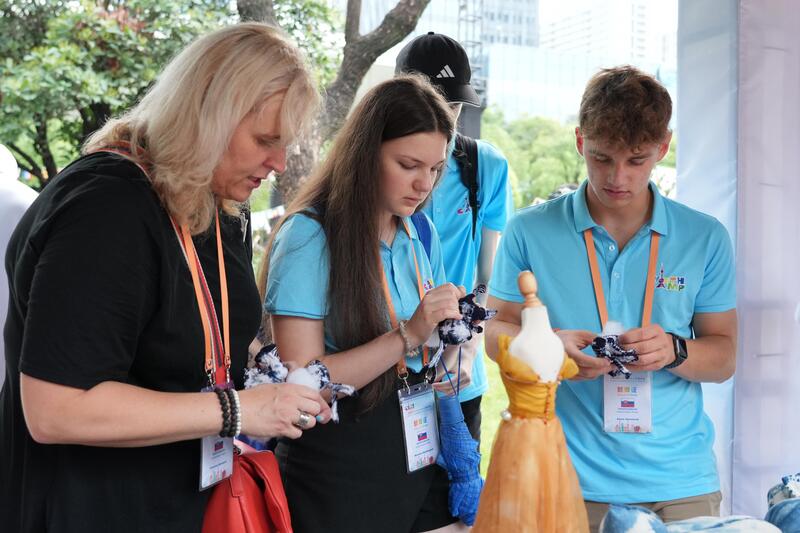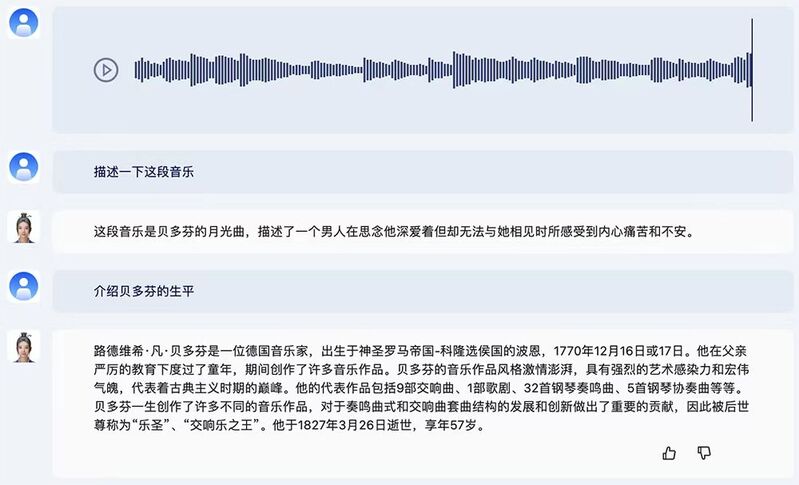The "Navigation Map" of genes has a "Chinese version", and the population genome research led by Chinese scientists has made its debut in the journal Nature Genomics | Human Genome Research
20 years ago, the Human Genome Project, known as one of the three major scientific projects in the history of human science, along with the Manhattan atomic bomb project and the Apollo moon landing project, completed the sequencing of 3 billion base pairs in the human genome. China, as the only developing country among them, undertakes 1% of the sequencing task. From then on, the "human reference genome" became the genetic code "navigation map" for human genetics and medical research.
20 years later, this genetic "navigation map" has a "Chinese version" made in China, which is the first pan genomic reference map exclusive to the Chinese population. On June 14th, 26 institutions including Fudan University, Xi'an Jiaotong University, and the Chinese Academy of Medical Sciences jointly released relevant achievements in the international academic journal Nature. This is the first time that a population genome study independently completed by Chinese scientists has been published in Nature.
The "Chinese Painting Scroll" of Building a Pangenomic Map of the Population
For the past 20 years, the commonly used human reference genome has mainly been constructed from European white samples, with most of the DNA coming from a white male donor living in Buffalo, New York, which makes it difficult to represent the genomic diversity of non European populations, especially the Chinese population. Last month, the United States and European countries led the latest publication of the human pan genome reference map, which collected 47 samples worldwide, including only 3 samples of Han Chinese.
The long population history and rich geographical and climatic environment have shaped the unique genetic diversity of the Chinese nation. The construction of a pan genomic map of the population in China is imperative and urgent.
Zhao Guoping, an academician of the CAS Member, believes that Asian and Chinese populations are an important part of the human species. Although developed Western countries have a large number of Asian and Chinese populations, such as the Chinese American population, which has reached over 5 million, in their genome-based biomedical research, Asian or Chinese populations are often difficult to prioritize. Therefore, it cannot be ignored that China's abundant human genetic resources are valuable materials for studying human genome diversity, human evolution, and human disease-related genes.
In January 2021, Professor Xu Shuhua from the School of Life Sciences at Fudan University and Professor Ye Kai from Xi'an Jiaotong University jointly launched the China Population Pan Genome Alliance with 26 domestic units, aiming to form China's independent and controllable human genome resources and core technologies, and serve people's lives and health.
The joint research team conducted in-depth sequencing and high-quality analysis on 58 samples covering 36 ethnic groups in China, and constructed the first high-quality Chinese population reference pan genome.
To recover the "lost heritability"
Where are genes located? How to arrange it? Compared to the previous "one-dimensional linear" human reference genome, the "Chinese version navigation map" provided this time has been upgraded to "multidimensional".
"It's like in the past there was only one subway line, and you had to follow this line to go anywhere. Now there are multiple subway lines, forming a network that not only intersects but also allows for transfers." Xu Shuhua told the Liberation Daily Shangguan News reporter that human genetic fragments have diversity characteristics, and previous "navigation maps" only extracted some of these features, which are relatively "simple and rough", and also missing many key genetic information.
The Chinese version of the navigation map discovered nearly 70 trillion new gene sequences missing from the traditional reference genome in each sample. "Human beings have 23 pairs of chromosomes, with the largest being about 250 trillion and the smallest being about 47 trillion. The 70 trillion genetic information is not small, which may contain the genetic basis of complex diseases such as liver cancer, lung cancer, type II diabetes, schizophrenia, etc. that scientists have been looking for." Xu Shuhua said, for example, some studies believe that the heritability of schizophrenia is as high as 81%, but according to the past "linear navigation map", only 20% of the relevant genetic information can be found, and the remaining genetic factors have not been found so far.
This study has preliminarily constructed a pan genomic reference map of the Chinese population and discovered reference sequences of approximately 190 million base pairs missing from the human universal reference genome. Unlike linear navigation maps that mainly focus on core shared gene sequences, the Chinese version of the navigation map comprehensively considers personalized gene sequences, which is precisely the connotation of "pan genome" and provides more dimensional perspectives. This has enormous potential value for reconstructing human evolutionary processes and restoring lost heritability.
The most likely evolutionary code to connect gradients to jumps
"You may have approximately 1% of the genetic sequence of Neanderthals and approximately 5 ‰ of the genetic sequence of Denisovans on your body," Xu Shuhua told Liberation Daily Shangguan News reporters. The "Chinese version of the navigation map" has some interesting discoveries or confirmations.
For example, some of the genetic sequences of Chinese people do not come from their direct ancestors, but from extinct Neanderthals, Denisovans, or other ancient humans. "This may have been an intersection between the ancestors of Asians 30000 years ago and their descendants," Xu Shuhua said. The research team further analyzed these gene sequences and found that they were actually related to the development of our nails and hair, UV radiation stress, DNA repair, immune response, and even lifespan.
"This reflects that there may still be a large number of valuable mineral deposits in our genome that have not been fully exploited," said Jin Li, co-author of the paper, academician of the CAS Member and president of Fudan University.
This "Chinese version of the navigation map" has identified approximately 5.8 million point mutations or small variations, as well as 34000 structural variations, involving at least 1367 protein encoded gene sequences.
"What I want to emphasize is that genomic structural variation is probably the key genetic basis for the evolution from micro to macro in biological evolution, and it is also the evolutionary code that is most likely to connect the 'gap' from gradual to abrupt changes. I believe that through high-precision analysis of genomic structural variation, not only can the power of 'genotype phenotype' association analysis be greatly improved, but it may also ultimately help us understand the genetic basis and molecular mechanisms underlying important traits and functions in life evolution." Jin Li said.
Breaking the "stagnation" of human genomics research
From undertaking 1% of the sequencing task of the Human Genome Project to having Chinese scientists complete 100% of the pan genome map of the Chinese population, this demonstrates the scientific research accumulation and historic leap of Chinese life sciences, especially genomics, in the past 20 years.
Human genome research is the earliest direction in genomics and has led the research of other species. "This first mover advantage has also made it increasingly difficult for human genome research to achieve new breakthrough results. In recent years, genomics research in areas such as animals, plants, non-human primates, and ruminants has made rapid progress and achieved remarkable results. In contrast, human genome research appears to be 'lagging behind'. The results published this time have broken this' stagnation 'of human genome research and are also another major progress made by Chinese scientists in the field of human genome research." Jin Li said.
Xu Shuhua introduced that although the "Chinese version navigation map" is a pure basic research, it is immediately available upon release, and all scientific research related to genes, such as human genetics, medicine, pharmacogenomics, etc., can use it as a reference. "This is purely public welfare, and we are further improving the algorithm and optimizing the quality of reference images. We hope to achieve 'one click' generation of 'navigation' results in the future."




